Intro
Also called Donskaya, the Don horse was developed on the steppes of the Don river and comes primarily from Russian steppe horses crossed with animals of Arabian, Karabakh, Akhal-Teke and Thoroughbred descent.
Read more

Also called Donskaya, the Don horse was developed on the steppes of the Don river and comes primarily from Russian steppe horses crossed with animals of Arabian, Karabakh, Akhal-Teke and Thoroughbred descent.
Read more
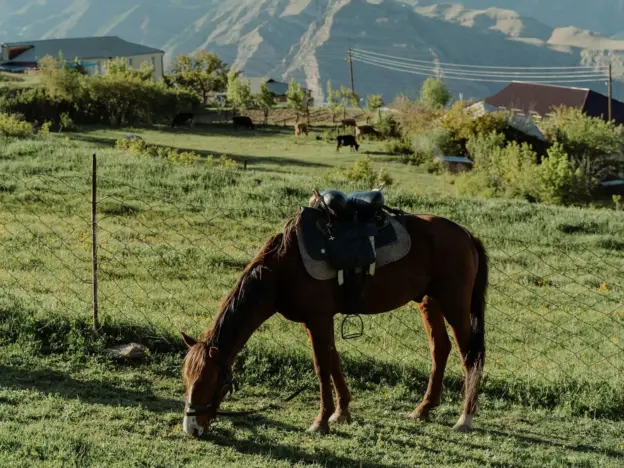
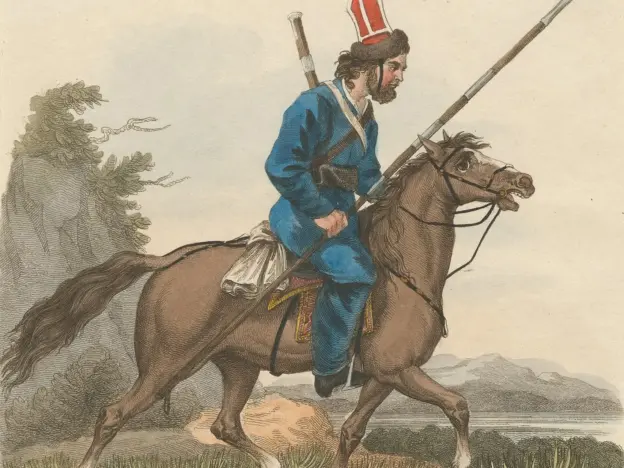
Also called Old Don, the Cossack Horse was an animal created and shaped for warfare. They are the foundation of modern day Don horses, used as a saddle or sport mount.
Read more
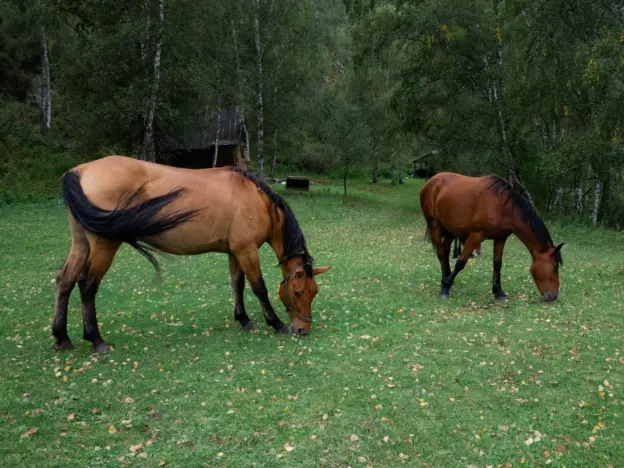
The Chumyshskaya or Chumysh horse was developed by people near the Chmysh river in the Altai region of Russia. The goal was to improve the small local animals by adding draft and saddle blood. The result of such crossbreeding and then interbreeding of suitable offspring was a valuable agriculture-type horse.
Read more
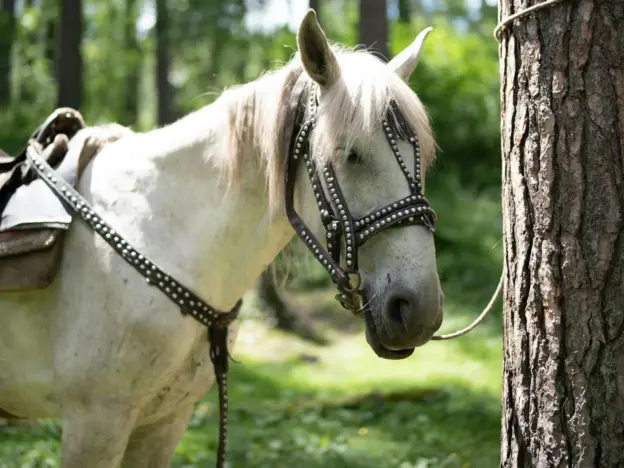
Also called Chilkovskaya and Shilkov, the Chilkov Horse started in the 17th century, developed in Republic of Buryatia, which is the far east of Russia. They are now listed in the DAD-IS as extinct as of 2006.
Read more
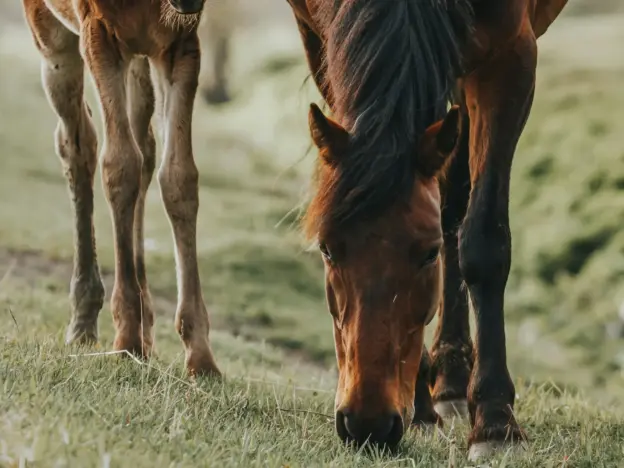
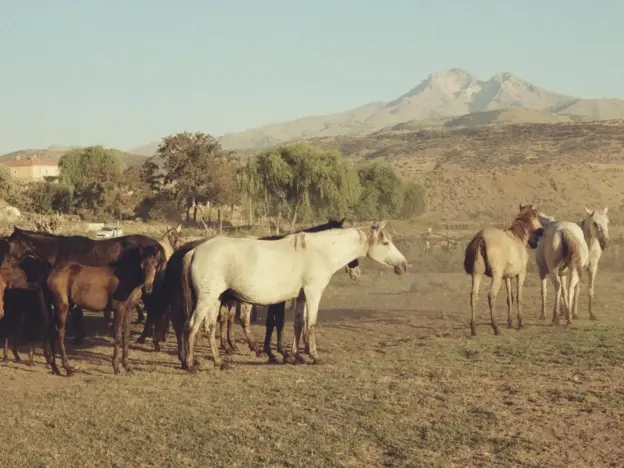
Native to a climate that is incredibly harsh, (there are only about a 100 days a year above freezing temperatures in parts) the Buryat or Buryatskaya is a very tough little animal.
Read more
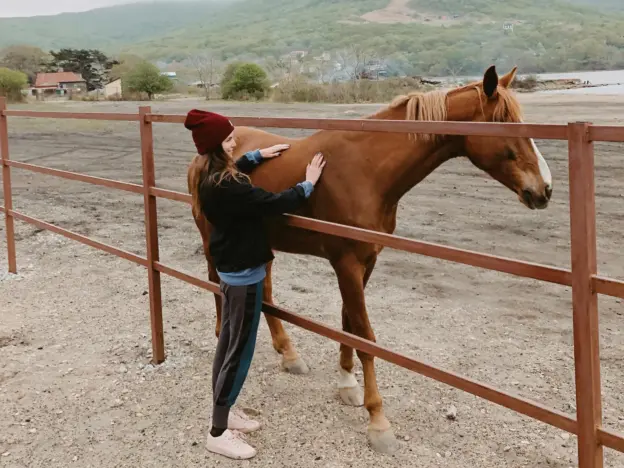
Also called Budenny and Budyonovsky, the Budyonny is an incredibly adaptable and versatile animal bred to be an all-around saddle mount.
Read more
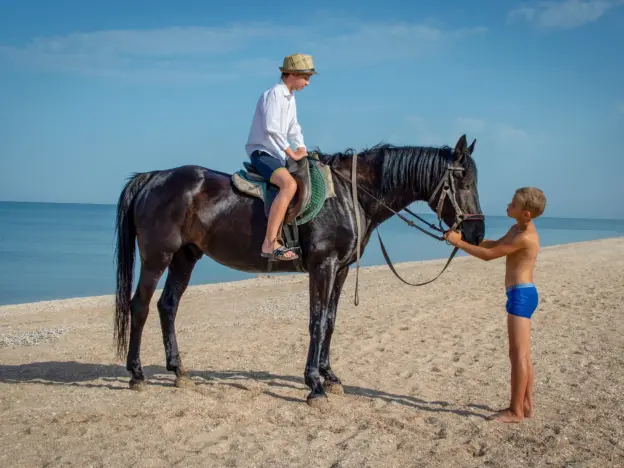
Also called the Chernomor and Chernomorskaya, the Black Sea Horse is very rare and extinct in pure form.
Read more
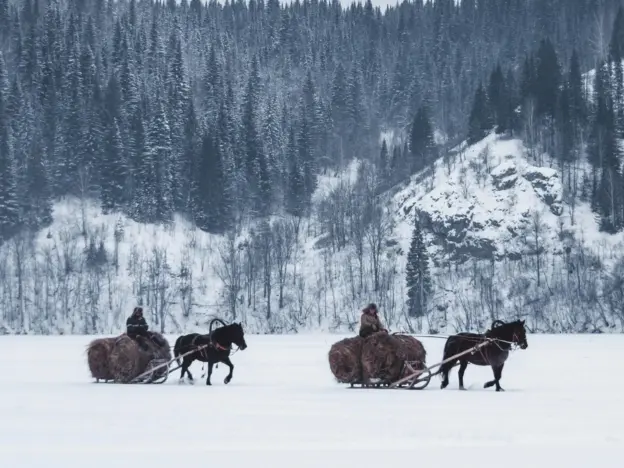
The Bityugskaya, Biçuk or Bityug was a handsome trotting breed that originated in Russia by order of Tsar Pierre Le Grand.
Read more